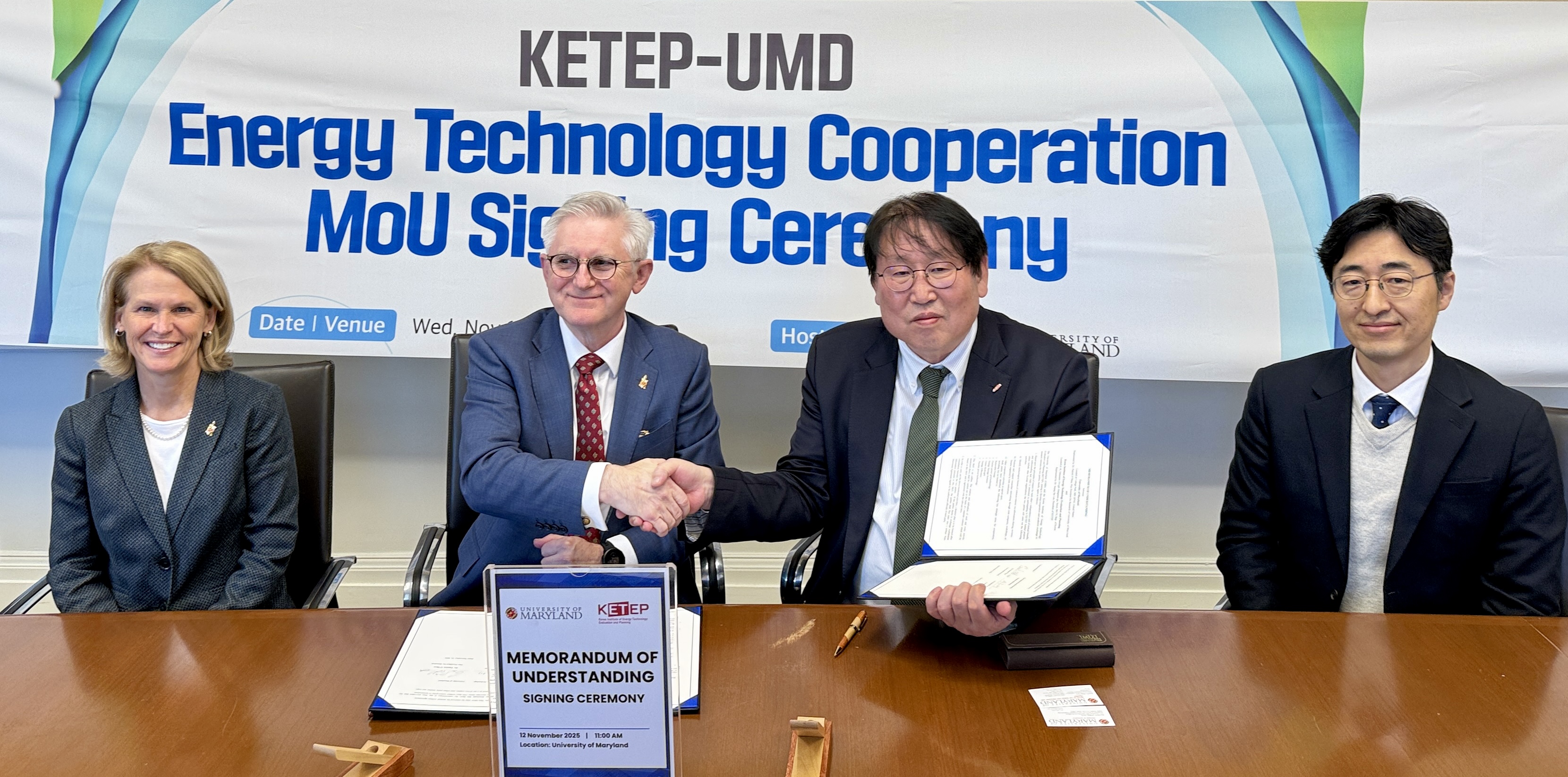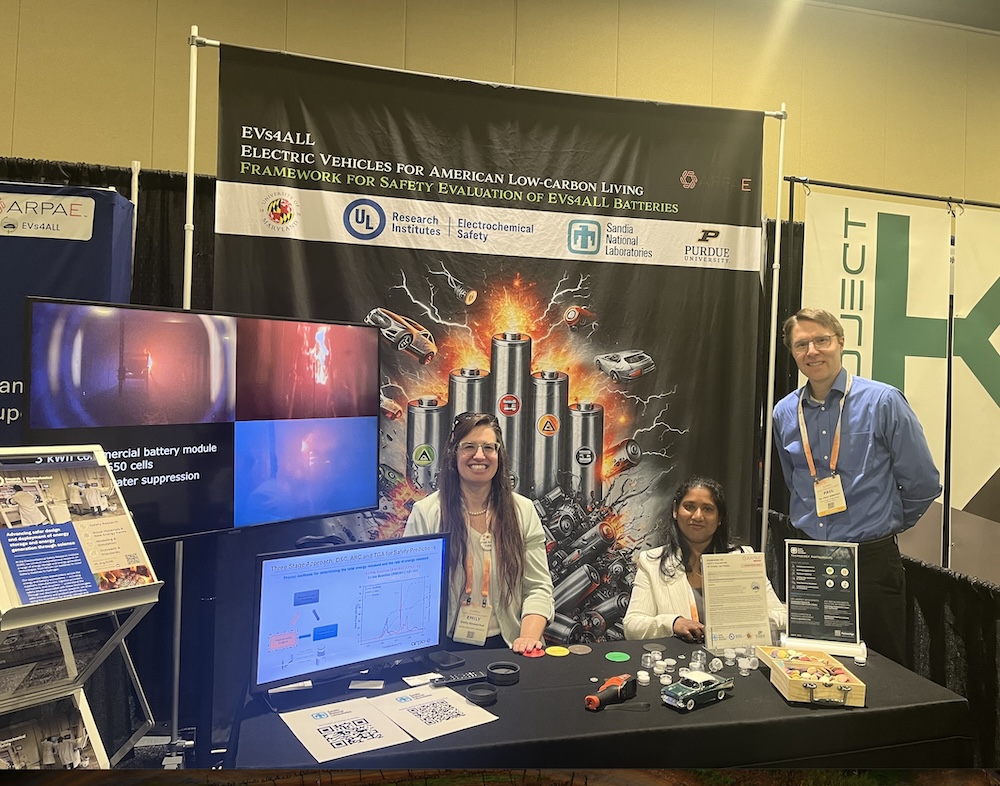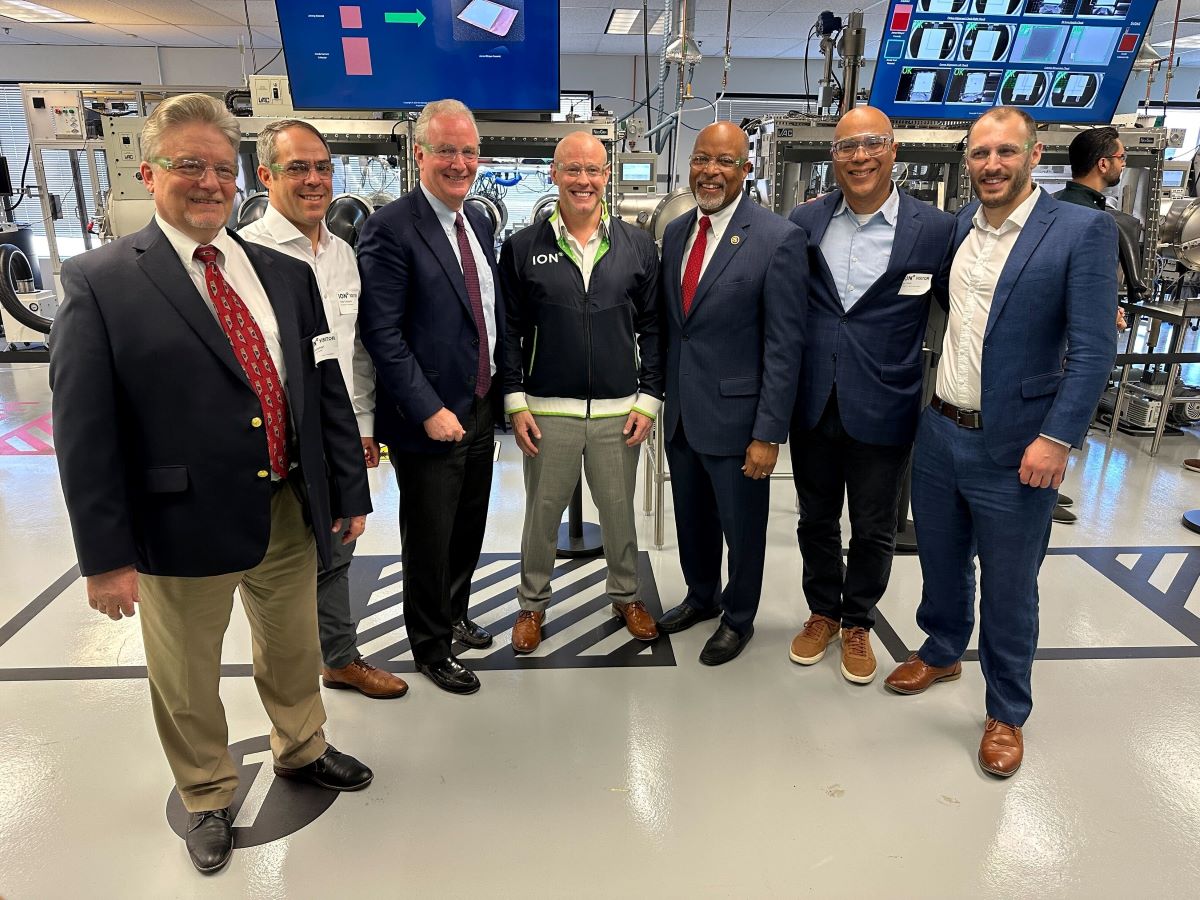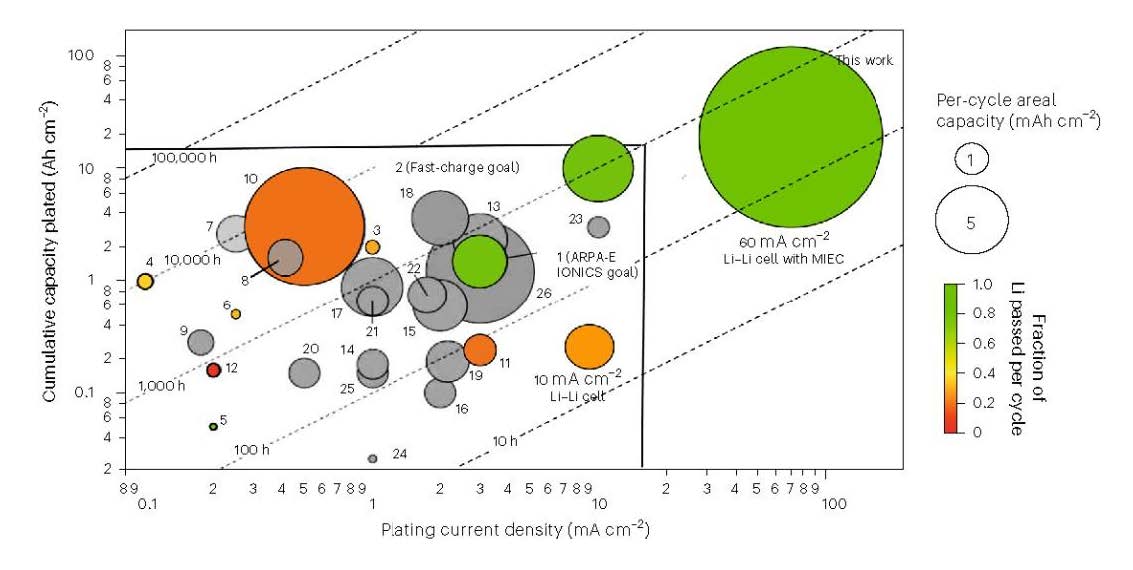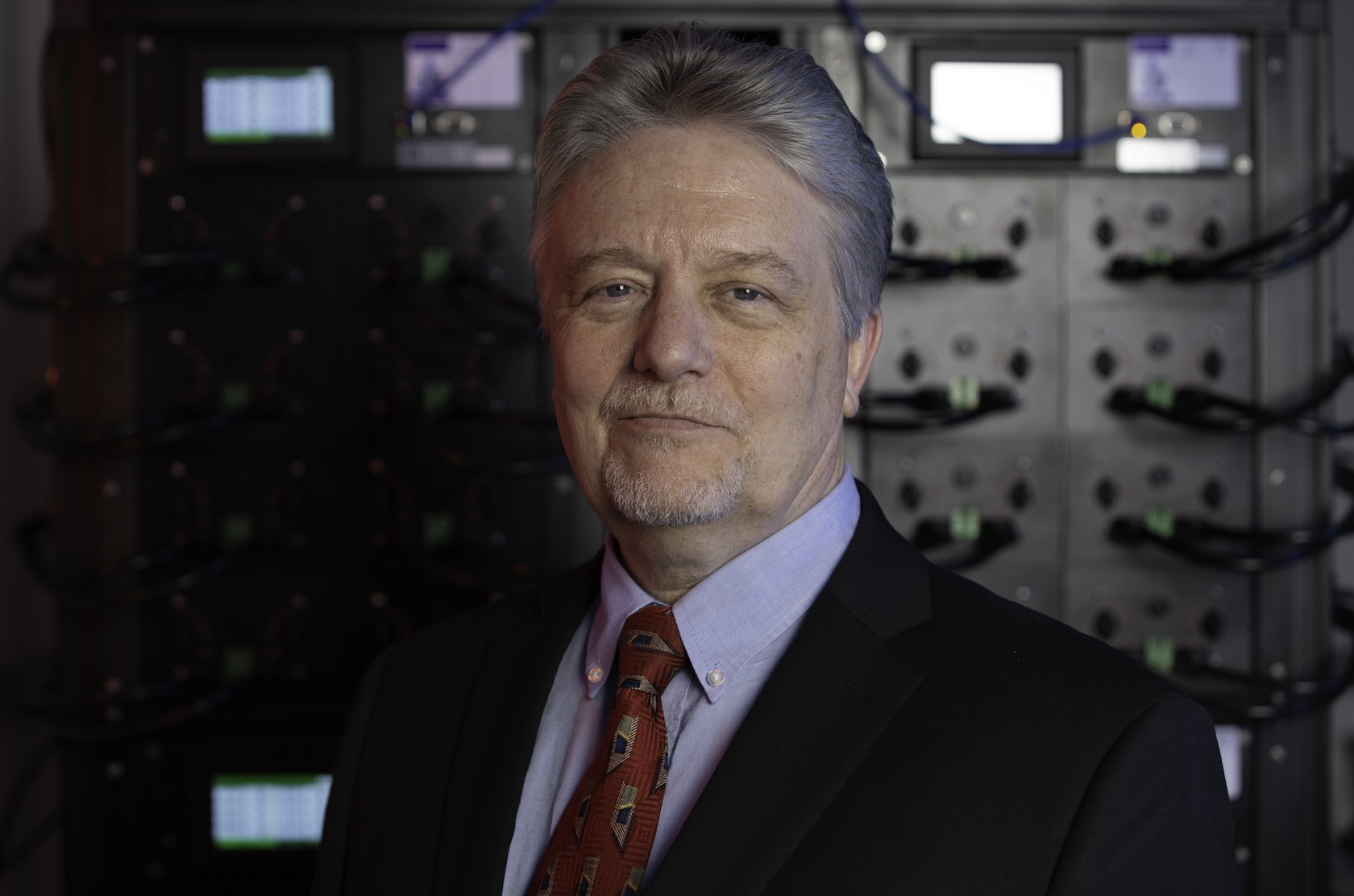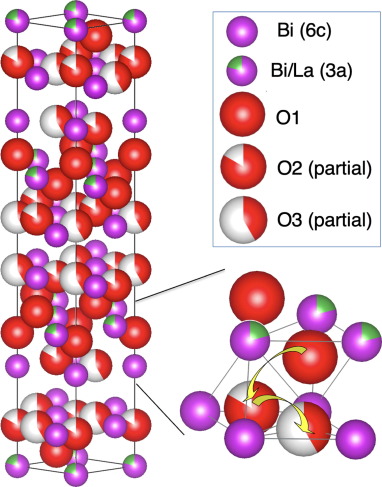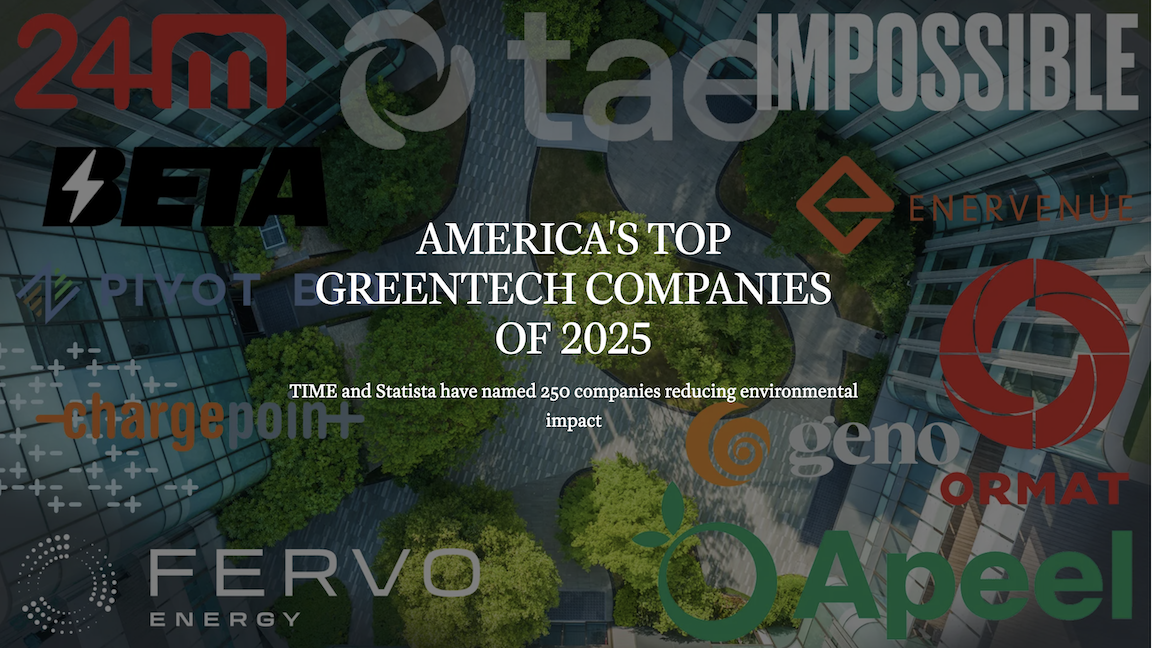News Story
Will your next EV have a solid-state battery — and improved performance?

Adapted from Quantumscape
In a recent article published in Knowable Magazine by Mitchell Waldrop, Dr. Eric Wachsman, Director of the Maryland Energy Innovation Institute (MEI2) and University of Maryland (UMD) Distinguished University Professor, discusses solid-state battery technology and scaling challeges in the electric vehicle (EV) market.
New solid-state cells are designed to be lighter and more compact than the lithium-ion batteries used in today’s EVs. They should also be much safer, with nothing inside that can burn like those rare but hard-to-extinguish lithium-ion fires. They should hold a lot more energy, turning range anxiety into a distant memory with consumer EVs able to go four, five, six hundred miles on a single charge.
And forget about those “fast” recharges lasting half an hour or more: Solid-state batteries promise EV fill-ups in minutes — almost as fast as any standard car gets with gasoline.
According to Wachsman, all the complications of solid-state batteries have ready solutions — but solutions that inevitably add complexity and cost. Thus the field’s increasingly urgent obsession with manufacturing. Before an auto company will even consider adopting a new EV battery, he says, “it not only has to be better-performing than their current battery, it has to be cheaper.”
The only way to make complicated technology cheaper is with economies of scale. “That’s why the biggest impediment to solid-state batteries is just the cost of standing up one of these gigafactories to make them in sufficient volume,” says Wachsman. “That’s why there’s probably going to be more solid-state batteries in early adopter-type applications that don’t require that kind of volume.”
Wachsman has been working on solid-state battery technology for over 10 years. His Maryland-based company, Ion Storage Systems (ION), has a solid-state battery platform delivers the safety, performance, and reliability that next-generation technologies demand. Built to solve the limitations of conventional lithium-ion, the architecture is safe, durable, and engineered for real-world deployment—from consumer electronics to electric vehicles. Recently featured in the Wall Street Journal, ION's patented 3D ceramic battery architecture eliminates the flammable liquid electrolyte, avoids thermal runaway, and requires no external compression or cooling systems.
For the full article, click here.
Published October 1, 2025
